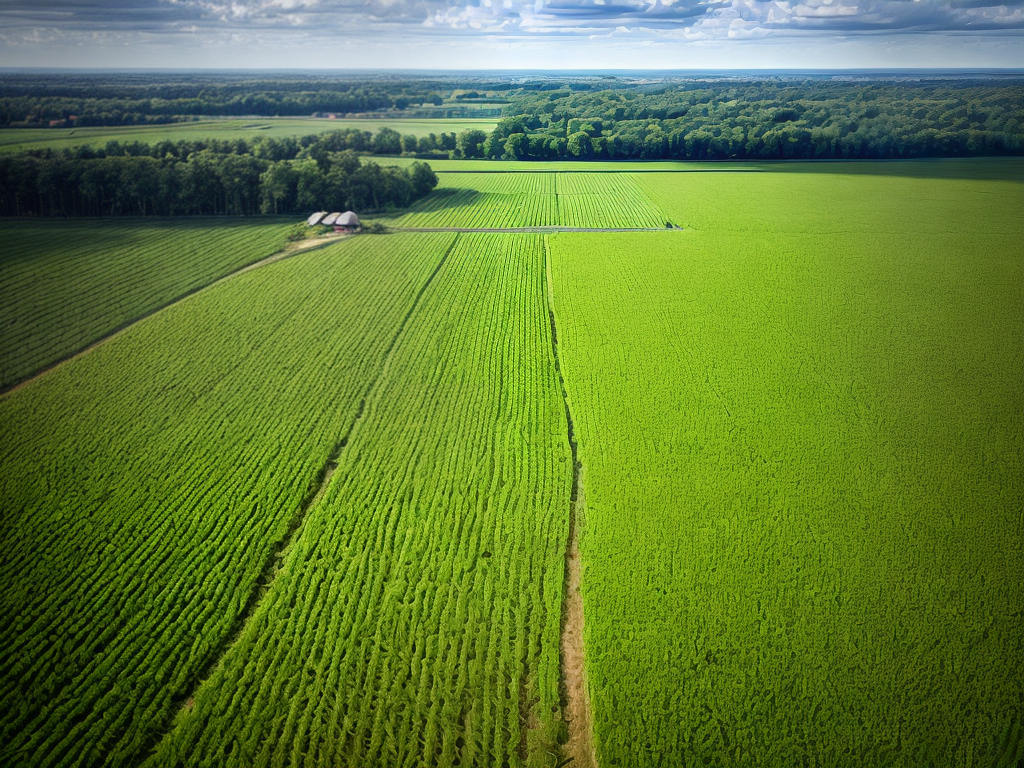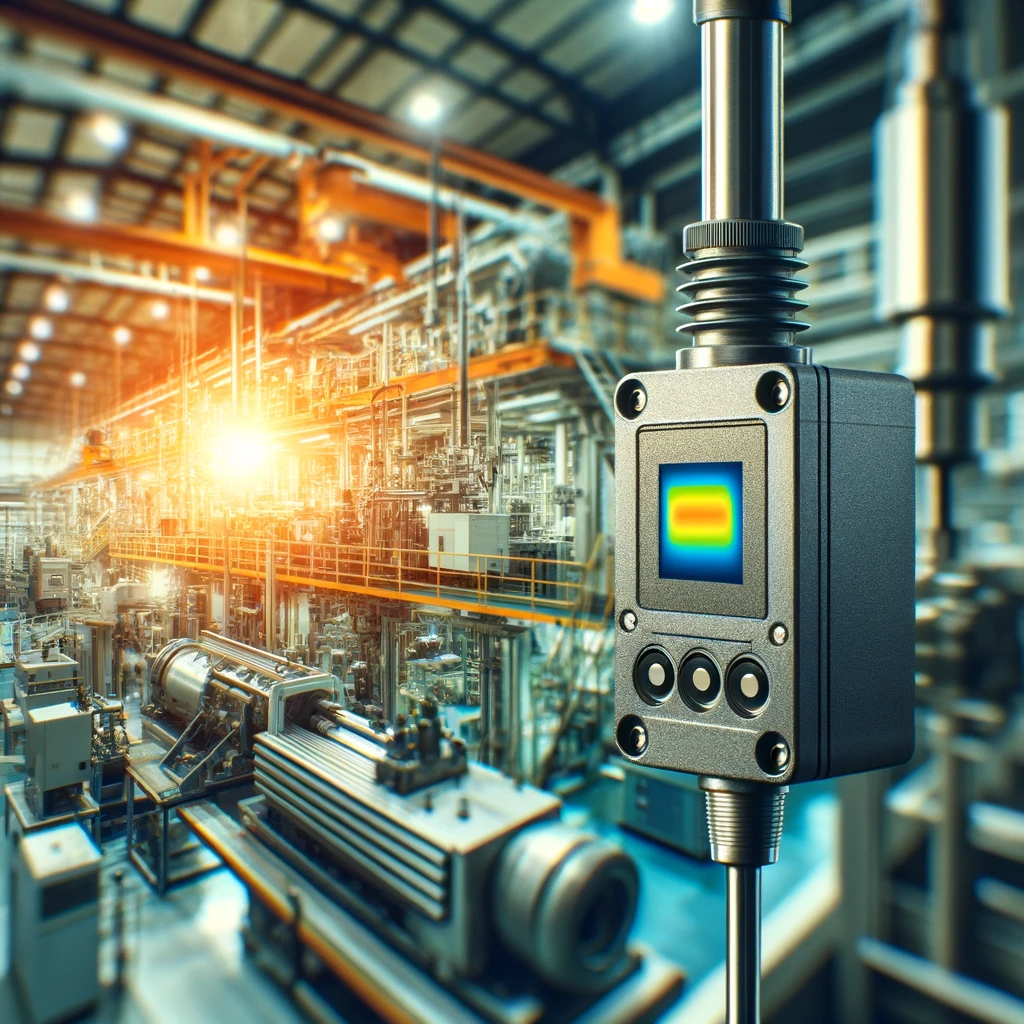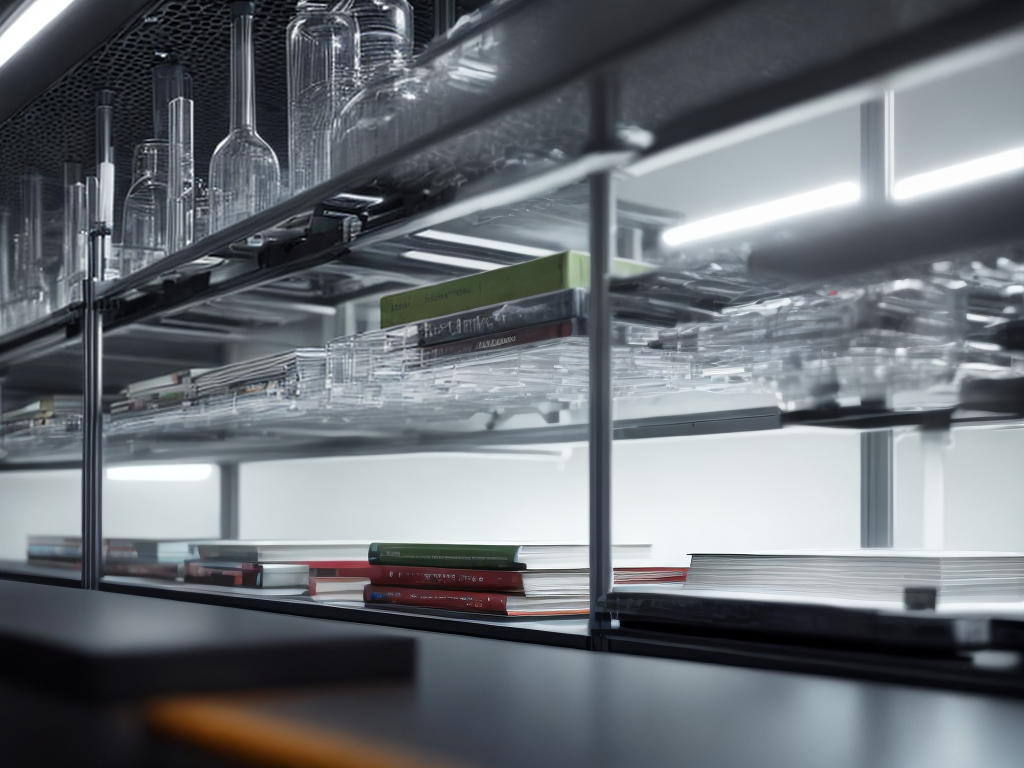
I’ve always been fascinated by the potential of technology in agriculture. From monitoring soil moisture to detecting crop diseases, sensors have revolutionized the way we cultivate crops. In this article, we explore the practical applications of harnessing sensors in agriculture, covering everything from soil quality to precision harvesting techniques.
By utilizing these sensors, farmers can make informed decisions and optimize their yield. Join me as we delve into the world of agricultural sensor technology and its impact on modern farming practices.
Soil Moisture Monitoring
I use sensors to monitor soil moisture in my agricultural practices, ensuring optimal conditions for plant growth and maximizing crop yields. Soil moisture monitoring plays a crucial role in water conservation and irrigation management.
By accurately assessing the moisture levels in the soil, I can determine when and how much water to apply, avoiding over-irrigation and unnecessary water waste. This precision allows me to conserve water resources while providing plants with the necessary amount of moisture for their growth. The sensors I utilize provide real-time data, enabling me to make informed decisions about irrigation scheduling and duration.
This data-driven approach not only saves water but also improves the efficiency of irrigation practices, resulting in healthier plants and higher crop yields. Ultimately, soil moisture monitoring is a vital tool in sustainable agriculture, promoting water conservation and efficient irrigation management.
Nutrient Management
The nutrient management aspect builds upon the foundation of soil moisture monitoring, utilizing sensors to optimize the application of fertilizers and promote efficient nutrient uptake in agricultural practices. Nutrients play a crucial role in plant growth and development, and their availability in the soil directly affects crop yields.
To ensure optimal nutrient levels, farmers need to identify nutrient deficiencies and address them promptly. One solution is to employ soil testing methods that provide accurate information about nutrient levels in the soil. These methods, such as soil sampling and laboratory analysis, help farmers understand the specific nutrient requirements of their crops.
By integrating sensors into the nutrient management process, farmers can monitor nutrient levels in real time and make precise fertilizer applications. This targeted approach minimizes nutrient wastage and maximizes nutrient uptake, resulting in improved crop health and productivity.
Crop Disease Detection
Building upon the foundation of nutrient management, I continue to explore the next aspect of harnessing sensors in agriculture: crop disease detection. Early detection of crop diseases is crucial to prevent their spread and minimize yield losses. Remote sensing technologies play a vital role in this process by providing timely and accurate information about the health of the crops. Here are three key ways in which remote sensing aids in crop disease detection:
- Spectral analysis: Remote sensors can detect subtle changes in the reflectance patterns of plants, which can indicate the presence of diseases even before visible symptoms appear.
- Thermal imaging: Thermal cameras mounted on drones or satellites can capture temperature variations in the crops, helping to identify areas affected by diseases that cause changes in plant temperature.
- Hyperspectral imaging: This advanced technique captures information across a wide range of electromagnetic spectra, enabling the identification of specific disease signatures in crops.
Weather Monitoring
Continuing with crop disease detection, another crucial aspect of harnessing sensors in agriculture is weather monitoring. Weather conditions play a significant role in crop growth and development, making it essential for farmers to have access to accurate and real-time weather data. By utilizing sensors, farmers can obtain precise information about temperature, humidity, rainfall, and wind speed, enabling them to make informed decisions regarding irrigation and crop management.
One important application of weather monitoring in agriculture is microclimate analysis. Microclimates refer to small-scale variations in weather conditions within a region. By deploying sensors across their fields, farmers can gather data on temperature and humidity variations, allowing them to identify microclimates and make informed decisions about planting, harvesting, and applying fertilizers and pesticides.
Another benefit of weather monitoring is irrigation optimization. Sensors can provide data on soil moisture levels, allowing farmers to optimize their irrigation practices. By understanding the water requirements of their crops and monitoring moisture levels in real-time, farmers can ensure that their fields receive the right amount of water, minimizing water wastage and maximizing crop yields.
Precision Harvesting Techniques
To further optimize agricultural practices, I employ precision harvesting techniques using sensor technology. By implementing robotic automation and yield optimization strategies, I can enhance the efficiency and productivity of the harvesting process. Here are three key components of my precision harvesting techniques:
- Robotic Automation: I utilize advanced robotics to automate the harvesting process. These robots are equipped with sensors that can detect the ripeness and quality of the crops, allowing them to selectively harvest only the mature ones. This reduces waste and ensures that each crop is harvested at the optimal time.
- Yield Optimization: Through the use of sensors, I gather real-time data on crop yield and quality. This information enables me to make informed decisions on when and where to harvest, maximizing the overall yield. By monitoring factors such as moisture levels, temperature, and nutrient content, I can ensure that the crops are harvested at their peak condition.
- Data Analysis: I analyze the data collected from the sensors to identify patterns and trends in crop growth and quality. This helps me make adjustments to my harvesting techniques and implement targeted interventions to optimize yield. By leveraging sensor technology and data analysis, I can continuously improve the precision of my harvesting practices and maximize the productivity of my agricultural operations.




